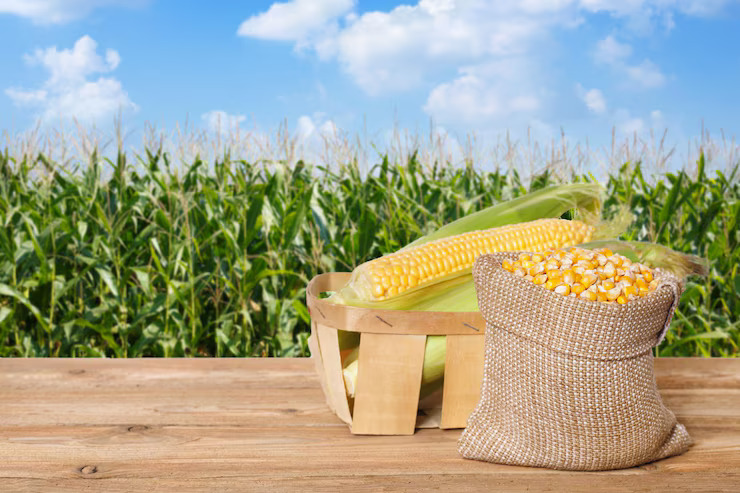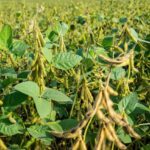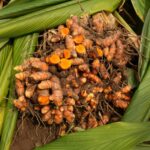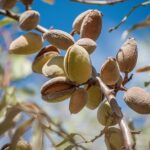In South Africa, maize is more than just a staple food—it’s a cornerstone of the country’s agricultural economy. As one of the largest producers of maize in Africa, the success of local farmers has a significant impact on national food security, trade, and rural livelihoods. To ensure sustainability and competitiveness, the South African government has put various subsidy and support mechanisms in place aimed at boosting maize production and protecting farmers from market volatility and climate-related challenges.
Government subsidies for maize farmers in South Africa typically fall under broader agricultural support programs managed by the Department of Agriculture, Land Reform and Rural Development (DALRRD). These include financial assistance, input subsidies, training initiatives, and infrastructure support. The overarching goal is to strengthen smallholder and emerging farmers while stabilizing commercial operations that are crucial to national output.
One of the most prominent forms of support is input subsidies. These subsidies help reduce the cost of critical production materials such as seeds, fertilizers, and pesticides. For small-scale maize farmers, these inputs can account for a large portion of their expenses, often limiting their capacity to expand or even sustain operations. By subsidizing inputs, the government helps farmers lower their production costs, improve yields, and increase food supply to meet domestic demand.
In addition to inputs, the government also supports maize farmers through mechanization programs. Access to machinery such as tractors, planters, and harvesters is critical for timely planting and harvesting, especially in areas with short rainfall seasons. Through public-private partnerships and provincial agricultural departments, subsidized access to equipment is provided, enabling farmers to scale their operations and enhance productivity.
South Africa’s land reform and rural development policies also play a role in supporting maize farming. Land redistribution programs are often coupled with training, mentorship, and funding aimed at turning land reform beneficiaries into successful commercial farmers. Many of these beneficiaries focus on maize as a primary crop due to its high demand and favorable climatic conditions in provinces like Free State, Mpumalanga, and North West.
Another key area of government intervention is crop insurance and disaster relief funding. Given the increasing impact of climate change—ranging from droughts to floods—the government provides partial subsidies for crop insurance schemes that help maize farmers recover from losses. This financial buffer allows them to replant and continue operations without falling into unsustainable debt or abandoning farming altogether.
The Agricultural Production, Biosecurity and Resource Management program also facilitates research and development initiatives to assist maize farmers. Government-backed research institutions such as the Agricultural Research Council (ARC) develop drought-resistant and high-yielding maize varieties, which are made accessible to farmers through extension services and seed distribution programs.
Despite these efforts, challenges persist. Some farmers argue that subsidies are unevenly distributed, often favoring larger commercial enterprises over small-scale farmers. Delays in disbursement, bureaucratic inefficiencies, and limited access to extension services in remote areas also hinder the effectiveness of these programs. Addressing these gaps remains a priority for agricultural policy makers and advocacy groups.
Looking ahead, the government has committed to scaling up its investment in agriculture under the Agriculture and Agro-processing Master Plan (AAMP). This includes enhanced support for maize value chains, market access facilitation, and the promotion of export opportunities. With rising food prices and the growing threat of climate variability, strategic subsidies and comprehensive farmer support programs will continue to be vital for ensuring the resilience and growth of South Africa’s maize sector.
As one of the most widely grown and consumed crops in the country, maize remains central to both economic development and food security. Government subsidies, when efficiently administered and equitably distributed, can help unlock the full potential of maize farming, empowering South African farmers to feed the nation and compete on the global stage.







